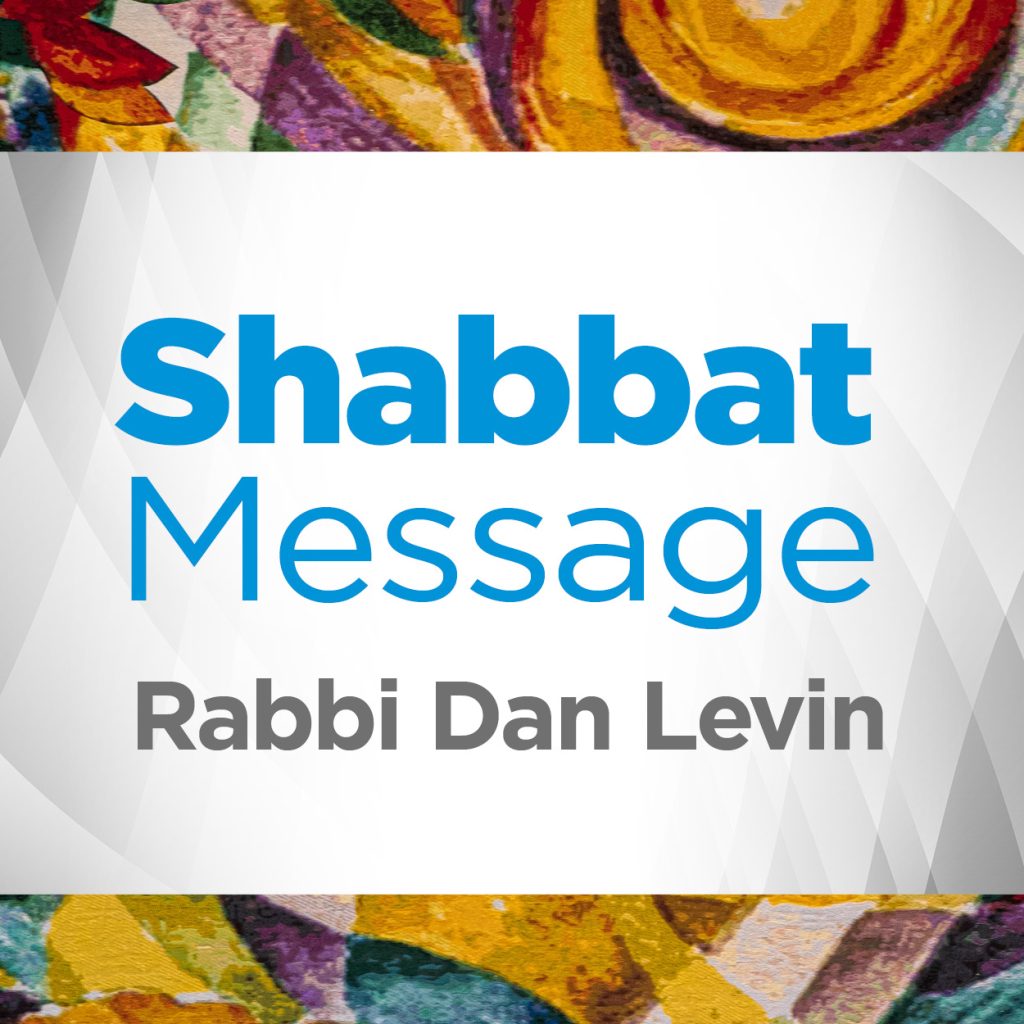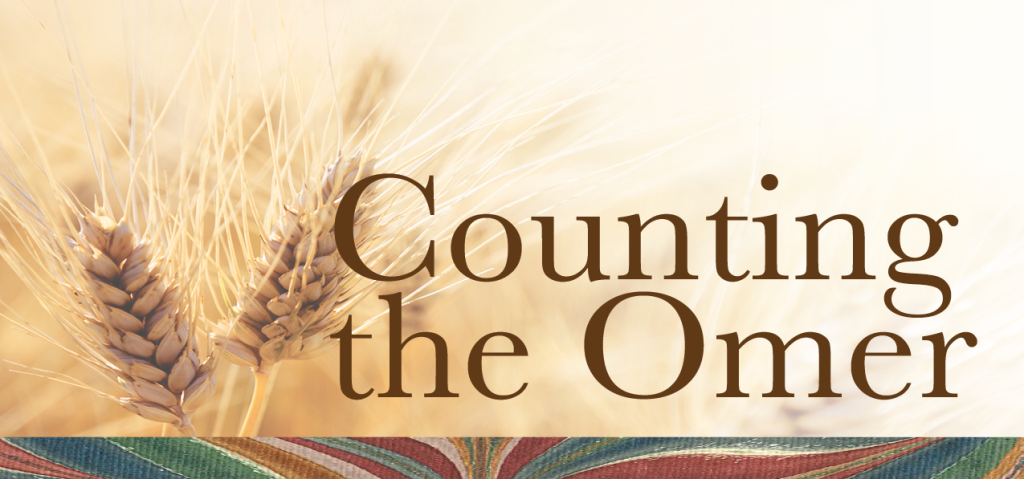
The sound of the shofar is magnetic – compelling and captivating. I remember as a young boy moving out of my seat to sit in the aisle on Rosh HaShanah, just to get a good look at the Ba’al Tekiah – the shofar-sounder up on the bima. According to the Talmud, Rabbi Abbahu established a pattern to sound the Shofar with three different sounds:
Tekiah – The Hebrew word תקיעה – Tekiah means: “a loud blast.” In the Mishna, Rabbi Yehudah explains that on Rosh HaShanah, “Tokin B’Shel Z’charim – one sounds a loud blast on a ram’s horn.” When sounding the shofar, Tekiah is a plain, loud blast.
The Torah, however, uses a different word when commanding us to sound the shofar – “In the seventh month, on the first day of the month, you shall observe a sacred occasion … יום תרועה יהיה לכם – Yom Teruah Y’hyeh Lachem – You shall observe it as a day of blasts of the horn.” – Numbers 29:1.
Teruah – The Hebrew word תרועה – Teruah also means: “a blast of the horn.” But the sages in the Talmud wonder what is the difference between Tekiah and Teruah.
The Talmud explains that one Tekiah sound is the same length as one Teruah sound, and then goes on to clarify that one Teruah sound is the same as three Shevarim sounds.
Shevarim – The Hebrew word שבר – Shever means: “broken”. So Shevarim is actually three broken sounds.
Rabbi Abaye notes that the Aramaic translation of Teruah is Yabavah – which means “wailing”. What constitutes “wailing”? One sage teaches that this means “moaning” – a series of broken sighs. Another sage offers that this means “whimpers” – short expressions of grief.
So there is disagreement among the sages as to actually how one fulfills the requirement of sounding Teruah. And to resolve the dispute, the shofar is sounded in two different ways.
Following a Tekiah sound, one offers the three broken sounds of Shevarim, then the nine staccato whimpering notes of Teruah.
When sounding the Shofar – the pattern goes as follows:
Tekiah – Shevarim – Teruah – Tekiah
Tekiah – Shevarim – Tekiah
Tekiah – Teruah – Tekiah
Maimonides teaches that we sound the shofar to rouse us from our obliviousness to attend to the sacred task of Teshuva – repentance:
“Awake, you sleepers, from your sleep! Rise up, you slumberers, from your slumber! Search your ways and return in repentance and remember your Creator! … Let each of you abandon his wicked ways, and his thoughts which are no good.”
But the Ba’al Shem Tov offers a different kind of parable. A King had an only child, whom he adored. He wanted the child to master different fields of knowledge and to experience the world, so he sent the child to far-off lands, supplied with a generous quantity of silver and gold. But over time, the child squandered all the money, until there was nothing left. Far from home, the child yearned to return, and after much difficulty, managed to arrive at the palace gate.
After so much time, the child had forgotten the language of home, and could not even communicate with the palace guards. In utter despair, the child cried out in a loud voice from the soul’s depths. Immediately the King recognized his child’s voice, and threw open the gates to welcome his child with a loving, healing embrace.
God sends each soul out into this world, to grow in experience and fulfill its potential of bringing good into the world. Often, however, the soul grows distant from its Creator. It squanders the gift of life and forgets its mission and “language.” So, in anguish and desperation, it utters a simple cry to God, begging to return to the loving embrace of home.
The long final blast, Tekiah Gedolah, is God’s pure call to us to examine our ways, and to return to our covenant we embraced with the shofar’s call at Sinai.
But it is also a cry that rises from deep within us, expressing the pain of separation and our deepest longing to heal and return.
May each sound of the shofar carry aloft our broken yearnings to rediscover our spiritual source, and to be restored to a life of holiness, of healing, and of peace.
Shabbat Shalom,








